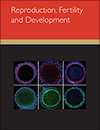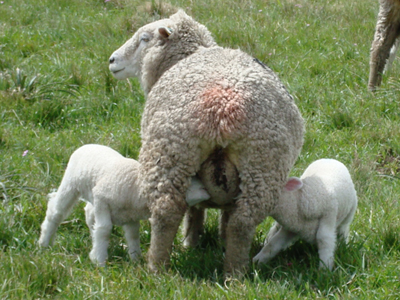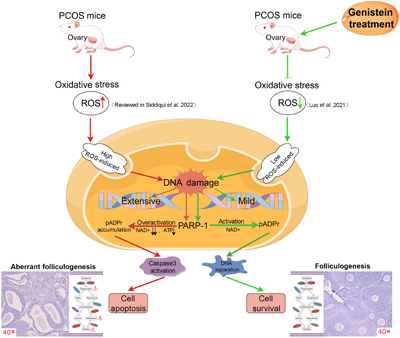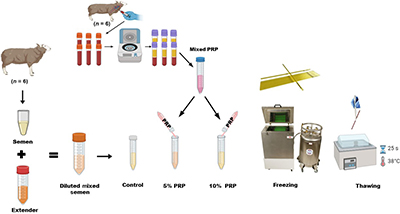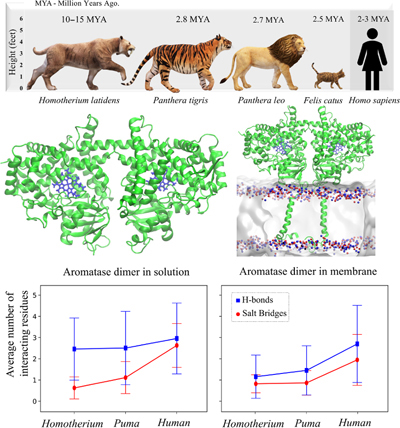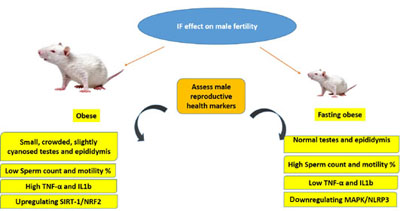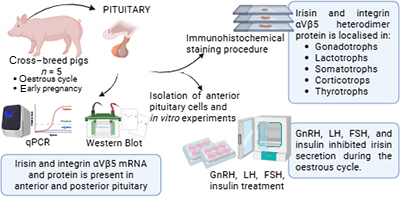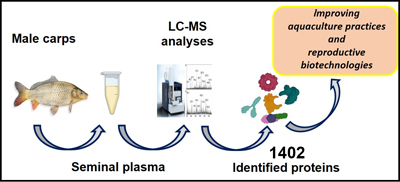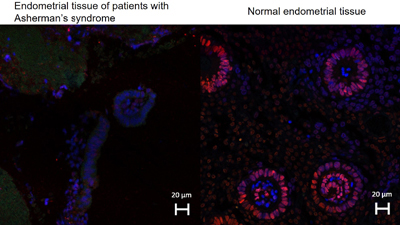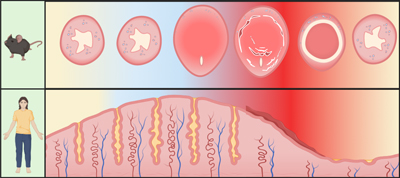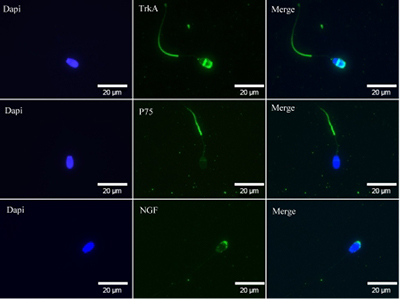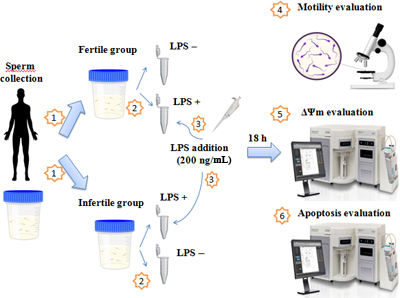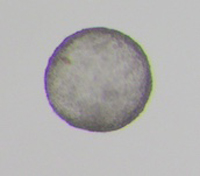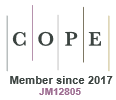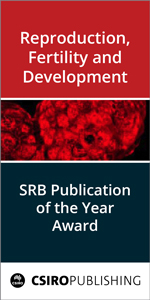RD25081Data-driven biomarker discovery and risk profiling for polycystic ovary syndrome in Indian women using ensemble learning
Polycystic ovary syndrome (PCOS) is a prevalent hormonal condition impacting millions of women, frequently misdiagnosed, especially in India. This work is the founding effort to integrate scattered clinical data from numerous Indian studies into a comprehensive dataset and using sophisticated machine learning techniques to precisely predict PCOS and identify critical risk factors. This study establishes a basis for early PCOS identification and more individualised treatment approaches for Indian women. Illustration by Rekha Agarwal.


